In this article, I will introduce some street photography ideas everyone with only a mobile phone can explore and experiment with. At the start, the article briefly introduces what is street photography and what are its ethics. Also very important topic of legality and the relationship between street shooting and the law is covered.
What is street photography?
Street photography is a genre of photography that deals with public spaces and candid moments. Unlike portraits, the focus is to capture spontaneous and unposed moments. Street photographers usually tend to be present in places like streets, parks, markets, and open areas with people. Having people in the images is not always the case. But in many cases, they (pedestrians, street performers, vendors, protesters) usually are a common subject of the images.
Often the photographers try to tell a story or message something with one or more photographs. The images can reflect of social issues, everyday life in the city, or culture.
Important skills to have for a street photographer are being great at observation and having a keen eye for details. And also it is nice to have the ability to anticipate what can happen.
Some of the famous street photographers include Henri Cartier-Bresson, Vivian Maier, Garry Winogrand, Bruce Gilden, Eric Kim, Diana Markosian, Matt Stuart, Jamel Shabazz, Alex Webb, Vladimir Milovojevich, Rui Palha, Nick Turpin.
Ethics
Street photography often raises questions about the privacy and consent of the people on the streets. In many countries, it is legal to take pictures in public spaces, but it is always better to take into consideration somebodies else wishes and remain respectful of them.
Your camera is there to capture some moments thus it possesses some historical and present value. Most of the time you will have to get over of photographing strangers on the street or speaking to them if you want to make some portraits too. When somebody asks you what are you doing, just tell them that you are a photographer working on some project. You can also show them the image and if they do not like it or do not want you to have it they can ask you to delete it. Sometimes when you are not even aiming to take pictures of people, some of them might be interested and ask you for it (happened to me a couple of times).
In the beginning, you can start shooting at places with lots of tourists, or public gatherings like peaceful protests, or performances.
Legal
I am not a lawyer, so if you are not sure if you can shoot in certain countries at certain places ask a local law professional. In some places you will need permission, in others you will only shoot people whose faces are not recognizable. In the UK or US, the laws are quite good – there is no right to privacy in public.
Street photography ideas
Urban Geometry
As the name suggests focusing on geometry means looking for symmetrical structures, capturing repetitive patterns in doors, windows, and facades, and working with reflections on glass buildings, and puddles. You can also focus on leading lines made of roads, and railings, capturing the angles of different architectural elements. Another element to capture is the abstract details like tiles, rooftops, staircases, shaped made of shadows and light. You can also play with contrasting themes and juxtapositions of different materials.

Or concentrate on the simplicity and minimalism of empty urban spaces or when dealing with people isolate them against clean backgrounds.
People in Motion
Go to places where many people are walking – busy crosswalks, rushing crowds, solitary walkers, bike lanes with cyclists. Or follow vehicles in traffic flow, taxis, buses, go to subway and train stations, bus stops. You can also focus on street performers and vendors, sports (skateboarders, rollerblades), runners, or kids playing the the parks or playgrounds. When choosing a technique try to free motion with high shutters speeds (1/500 or faster), or use slower (1/60 or slower) to achieve blurry motion, or long exposure to create light trails, especially at night.
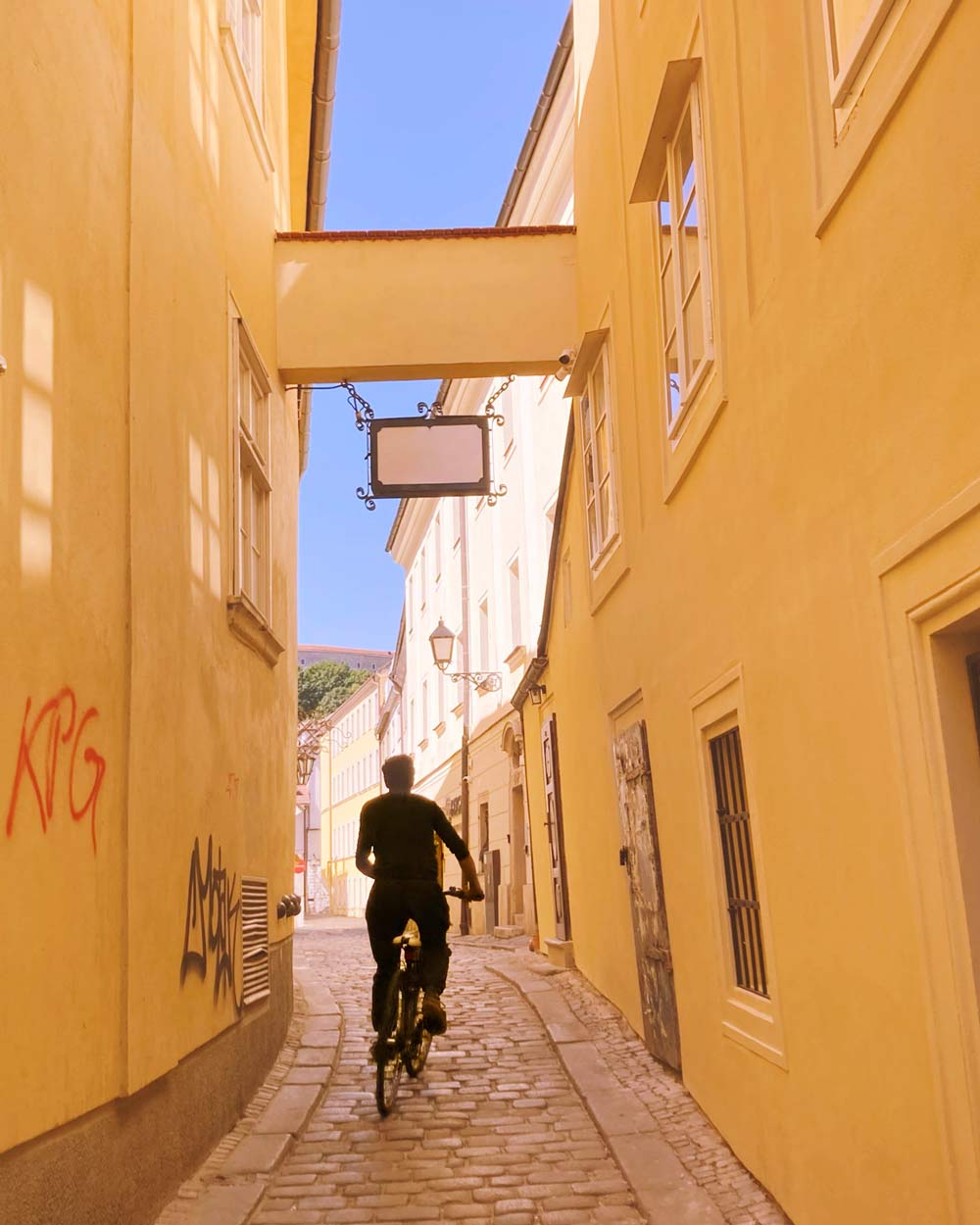
Street portraits
You can take a couple of different approaches. For example, you can create environmental portraits and include some elements of the surroundings to tell the story about the subject – people at work, or doing daily activities.
Another one is to make cultural portraits and shoot people in traditional or cultural attire – visit festivals, celebrations, parades, and religious ceremonies.
Something similar is to take pictures of street performers or artists in action or create relaxed portraits after the action.
You can also focus only on some communities and explore cultural diversities – try to find interesting districts in cities, or subcultures.
Or you can play with the juxtaposition and focus on young or old people and capture the expressions, wrinkles, hands or highlight the spontaneity, and energy.
Besides portraits, you can try to capture candid moments like laughter, contemplation, or interactions between people.
Do not forget to focus on the eyes since they are the most expressive part and usually draw the viewer’s attention.
Reflections
I have already touched on this subject when talking about geometry. Windows, glasses, puddles, water, metallic surfaces, reflections in Sunglasses, reflective architecture, ice, and snow are great for utilizing reflections in your street photography. You can easily make double exposures, play with the intersection of reality or fantasy, or create abstract patterns.

Shadows and Silhouettes
Capture long shadows when the sun is low to create dramatic shapes. You can also look for interesting shadow patterns made of trees, architecture, fences, etc. that are reflected on walls, floors, or other surfaces.
Another option is to shoot one person, or people against a strong light source. The same can be done with architecture.
When shooting at night use streetlights or neon signs, or if it is possible use indoor lighting.
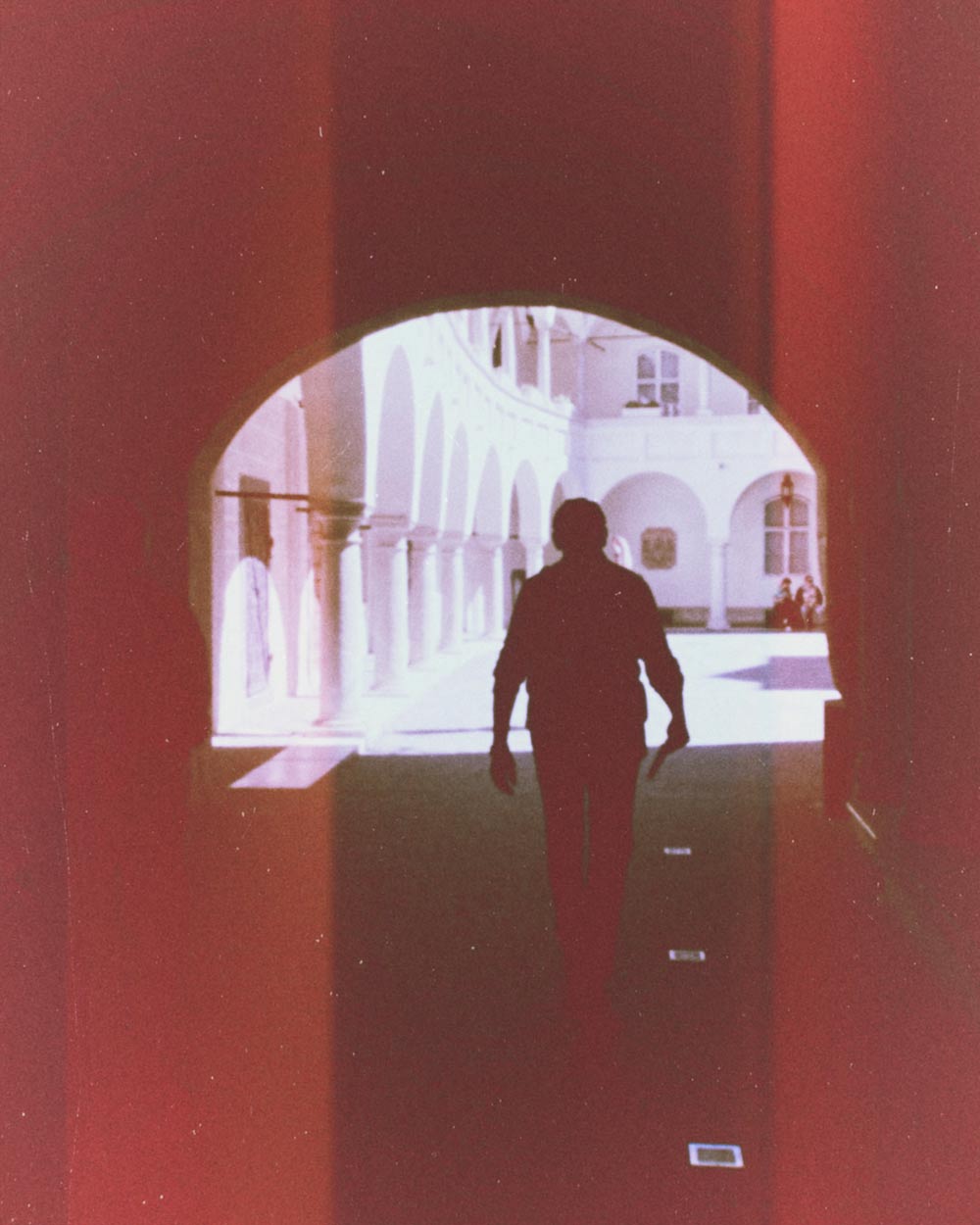
Street art and graffiti
When strolling the city document its art scene of anonymous local graffiti masters – shoot murals on walls, stickers on poles, weird tags, or messages.
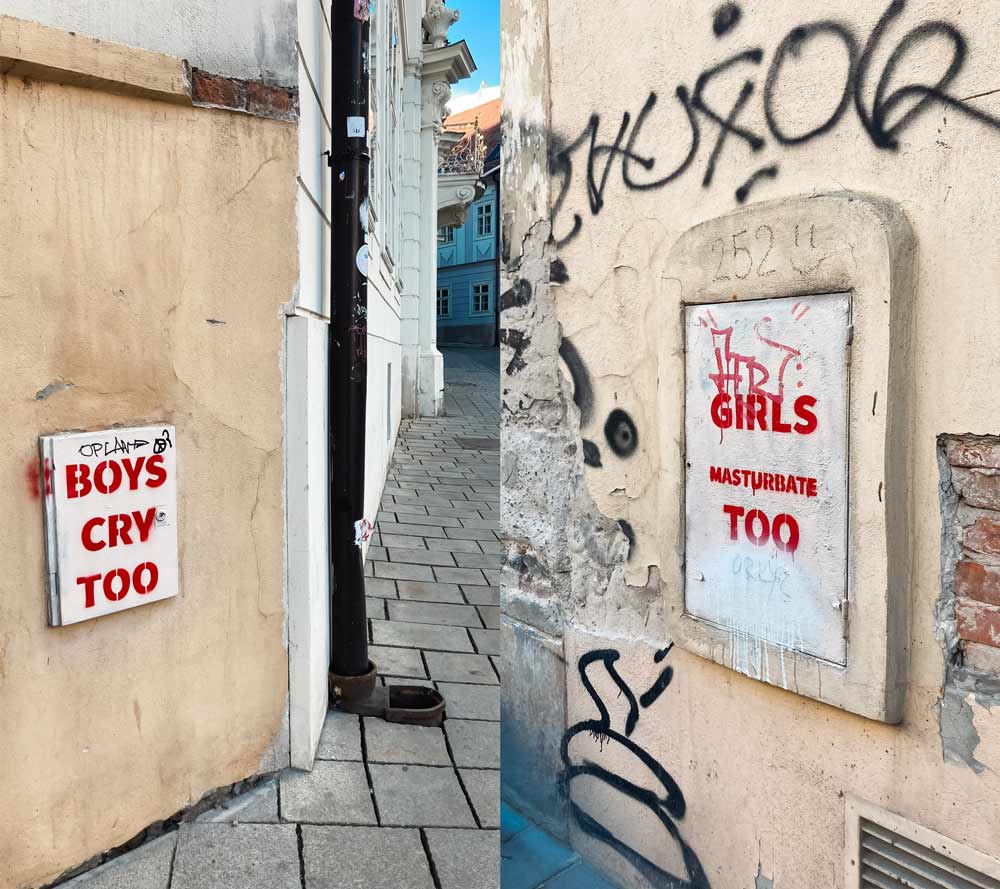
Daily life
Go to places that are part of the everyday life of many people. Public transport stations, traffic, shopping malls, street markets, parks, cafes, restaurants, street performances, street vendors doing their everyday work, office workers in business districts, and people doing manual labor like construction workers. Public celebrations, parades, and festivals are also part of daily life, but also family moments, or community gatherings.
Contrasts
When trying to portray the contrasts you can try to create demographic ones – shoot different age groups, social classes, and cultural diversity.
Traditional vs. modern in street fashion, festivals vs daily life, religious vs secular.
Other examples of contrasting scenes can be work vs leisure, technology vs. nature, and urban vs. rural. When shooting architecture depicts old vs new, decay vs. development, luxury vs. simplicity.
Contrast can be also achieved with natural vs. artificial light, shadow play, or by using high vs low angle, close-up and context, and selective focus.
Local culture and traditions
You can decide to only capture certain cultural identities in a city, or particular neighborhood. Themes can involve festivals, rituals, demonstrations, or even more private gatherings like weddings (since some of them sometimes intersect with public spaces).

Unexpected perspectives
Incorporate angles that are not very familiar for your everyday shooting. For example, ground-level perspective, upward angles, overhead shots, some close-up details, and use macro lenses or close-up filters. You can take images of body parts, focus on fragments of larger scenes, and create distorted views with reflections. Experiment with self-portraits and include yourself in the frame of a reflective surface, off-center composition, or make use of negative space.
Take your time to study the environment and be patient to wait for the right moment to capture the unexpected in front of you.
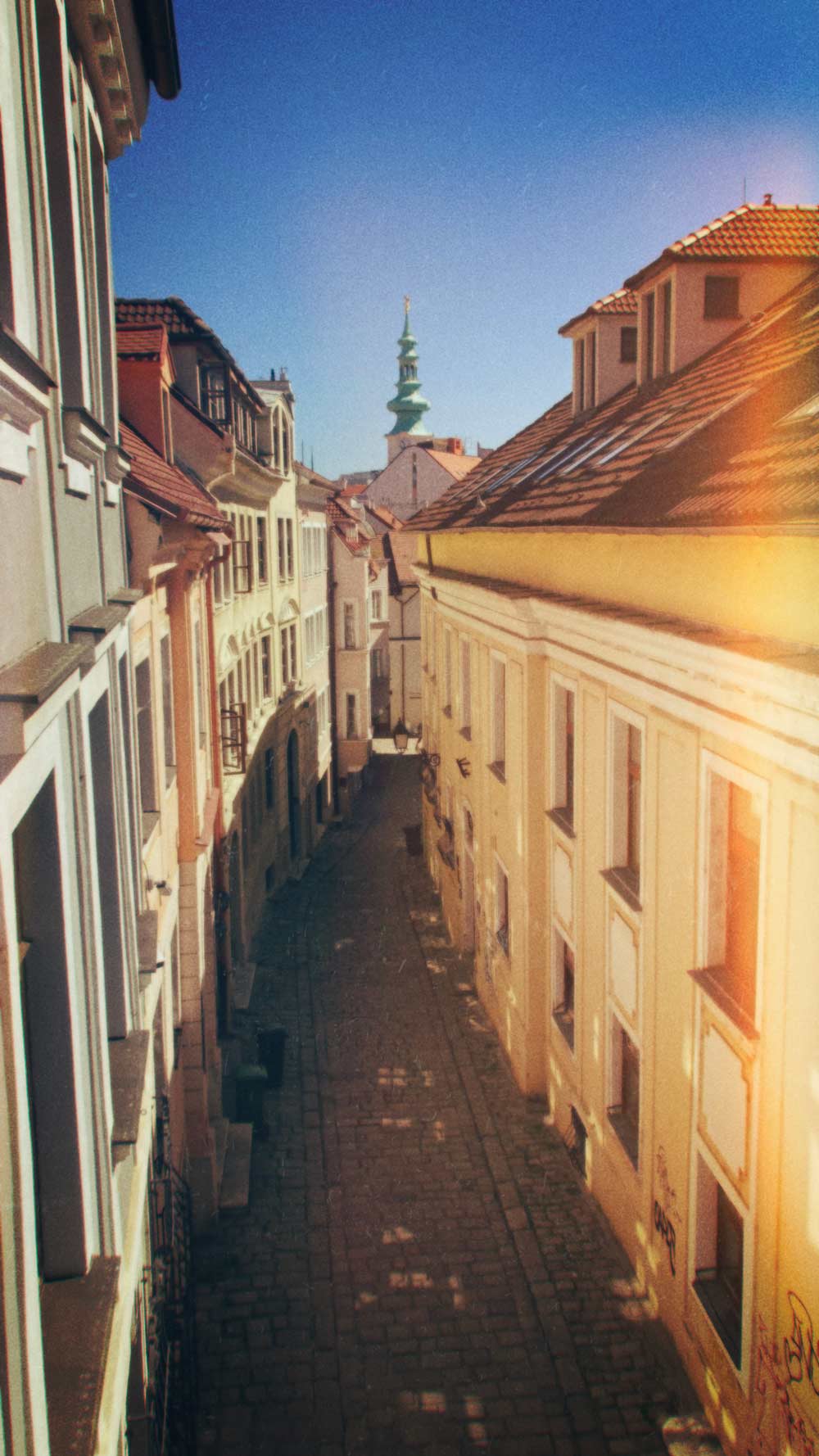
Focus on details
Seek out textures, patterns, colors, ornaments, and decorations. Before going to your desired place decide to just shoot details the whole time in one day.
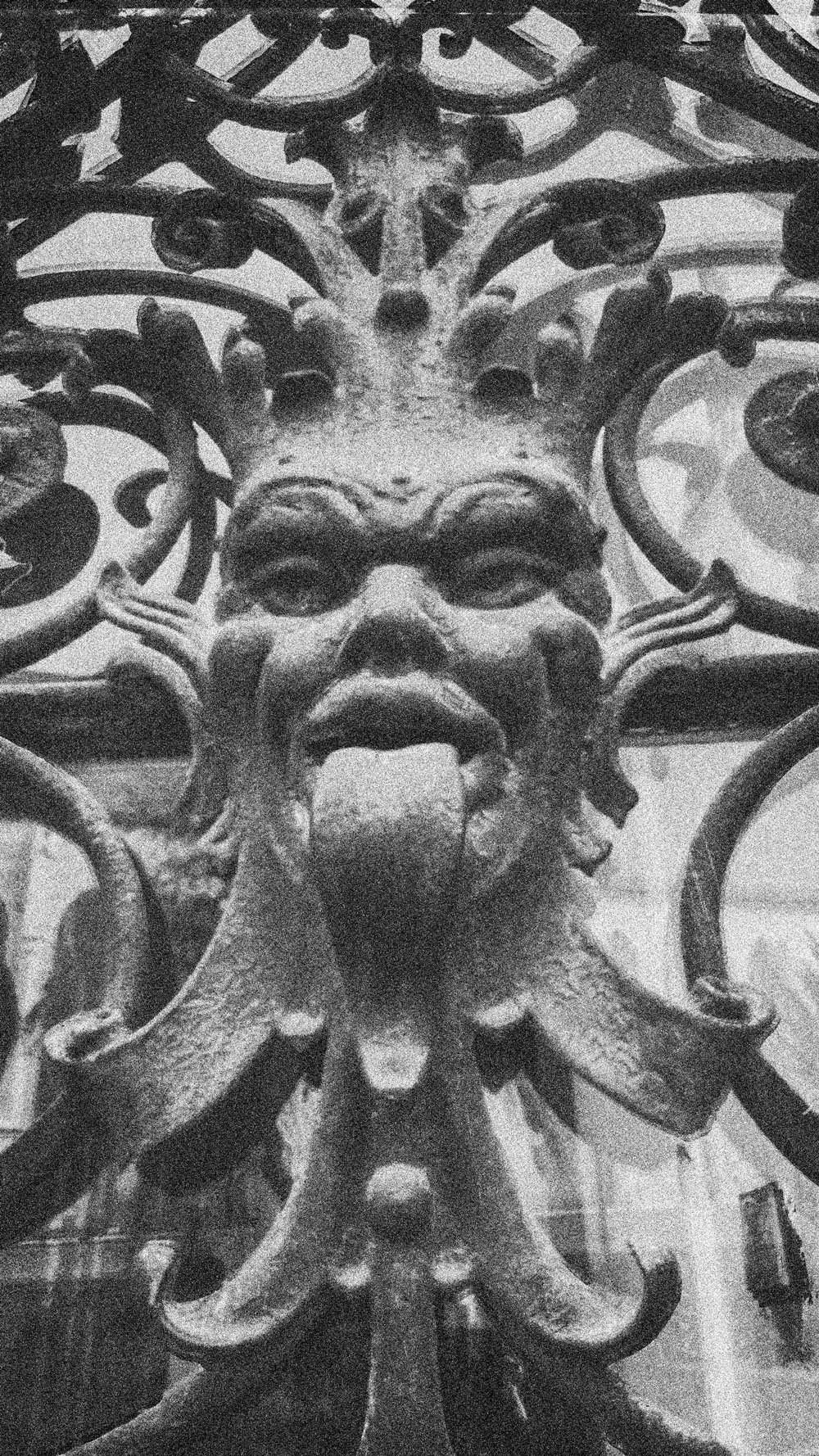
Tell a story
Telling a story is the last item on the list of street photography ideas. It involves shooting daily routines, life events, challenges, triumphs, intimate moments and family bonds, friendships, and encounters with strangers. But also social issues like poverty, homelessness, discrimination, environmental concerns, and changing city spaces.
You can plan and create a story with a classical beginning, middle, and end relying on the common feature in storytelling by building tension, peak, and resolution.
Make use of transitions between the images to create some sense of flow. Also, consider capturing the rhythm and taking pictures of action, reflection, and quiet moments of introspection. Pay attention to details such as gestures and expressions, and body language in general (gazing eyes).
After the shooting choose images that best convey the narrative and emotions. The important part is to maintain visual consistency (editing, colors, compositional elements) to create a unified experience for the viewer.
If you enjoyed these timeless street photography ideas, why not take your creativity into the night? Check out 15 Creative Ideas for Stunning Night Photography to explore new ways to capture the city after dark!